Product Presentation
Choose the Right Wheel Alignment Machine Model for Your Shop
1.Why does your workshop need a wheel alignment machine?
2.What should you consider when purchasing a wheel alignment machine?
- What types of vehicles do you typically repair? (Consumer, heavy-duty commercial, emergency, etc.)
- What is the skill level of your technicians? Have they received professional training?
- What type of return on investment are you seeking?
- What type of lifting equipment do you currently have? Is it compatible with the 3D four-wheel alignment machine you plan to purchase?
- How much space does your repair shop have to accommodate the alignment machine?
- What features are most important in the four-wheel alignment machine for you or your technicians?
3.What is the importance of a four-wheel alignment machine in ADAS calibration?
One of the most important features of modern vehicles is the inclusion of Advanced Driver Assistance Systems (ADAS), such as lane-keeping assist and emergency braking. ADAS systems rely on sensors, cameras, and other devices to respond to the driver’s inputs in order to maintain the vehicle’s position. Without proper four-wheel alignment, the ADAS systems may fail to respond correctly or may overreact, putting the driver in a potentially dangerous situation.
4.How does caster、camber、and toe affect tire wear?
While caster angle may not directly cause tire wear, it does affect the overall driving feel. Improper camber adjustment can lead to premature wear on the inside or outside of the tire, though this is usually a gradual process. If the toe is misaligned, there may be little visible indication of tire misalignment, but the tire wear can be quite rapid. Properly setting the caster, camber, and toe to factory-recommended specifications ensures that the alignment is fully optimized, which in turn guarantees even tire wear.
5.Is the order of adjustments important during the four-wheel alignment process?
Proper four-wheel alignment always begins with the rear tires. Before making any other adjustments to the vehicle, you need to establish the correct geometric centerline alignment. This is known as thrust. You must make all other adjustments based on the correct thrust alignment; otherwise, it could interfere with other measurements and result in incorrect vehicle alignment.
6.Problems that can occur when wheels are incorrectly aligned & the benefits of correct alignment
Premature Tire Wear: Misalignment can cause uneven tire wear, leading to the need for premature tire replacements. This not only increases your maintenance costs but also compromises the vehicle’s traction and safety on the road. Proper alignment ensures even wear, maximizes tire lifespan, and optimizes the value of your investment in high-quality tires.
Increased Replacement Costs: When tires wear unevenly and prematurely, replacement costs quickly rise. Additionally, incorrect alignment puts stress on other vehicle components, such as the suspension and steering systems, which may lead to further repairs and associated costs.
Compromised Vehicle Safety: Poor vehicle alignment can cause the vehicle to pull to one side, which is especially dangerous in wet or icy conditions. This pulling effect reduces the driver’s control over the vehicle and increases the risk of accidents.
Reduced Fuel Efficiency: Misalignment increases rolling resistance, meaning the vehicle’s engine has to work harder to move forward, consuming more fuel. Proper alignment helps maintain optimal fuel efficiency, saving on fuel costs and reducing environmental impact.
Wheel alignment is an essential car maintenance service for vehicle owners to ensure the safety of the driver. This tire service is not just a routine maintenance task; it is an important investment in the vehicle’s longevity and performance. Properly aligning your wheels ensures that your car drives smoothly and efficiently, enhancing your driving experience while providing safety for you and others on the road.</p>
What are the signs that indicate your vehicle needs a four-wheel alignment?
-
- Uneven Tire Wear Patterns: Misaligned wheels often lead to uneven tire wear. If you notice premature or uneven wear on your tires (especially noticeable wear on the inner or outer edges). this is a clear indication that your vehicle needs an alignment adjustment.
- Steering Wheel Vibration or Off-Center Steering: Vibrations or wobbling of the steering wheel (especially at higher speeds) or if the steering wheel remains at a certain angle when driving straight, could also indicate alignment issues.
- Vehicle Pulling or Difficulty Maintaining Straight Line: One of the most noticeable signs of misalignment is when the vehicle drifts or pulls to one side while driving on a straight, flat road. This may require constant steering adjustments to keep the vehicle moving straight, signaling that it’s time to check your vehicle’s alignment.
Conclusion</strong>
As a vehicle owner, it’s important to regularly check if your wheels are properly aligned to ensure your vehicle operates safely and efficiently. By performing regular wheel alignment services, you not only protect your investment but also contribute to safer roads for everyone.
AUTOOL offers you a cost-effective and feature-rich four-wheel alignment machine. If you’re interested, feel free to click this link to get in touch with me.
 AUTOOL Official Team
AUTOOL Official Team
Mobile/whatsapp/Wechat:+86 189 2647 7404
Email: shop.autooltech.com
Website Official Shop: https://shop.autooltech.com/



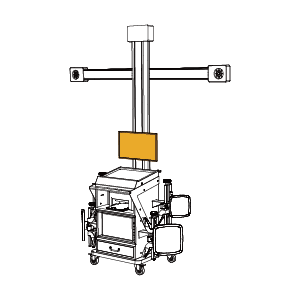
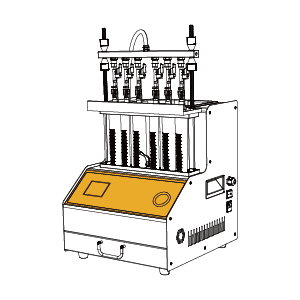
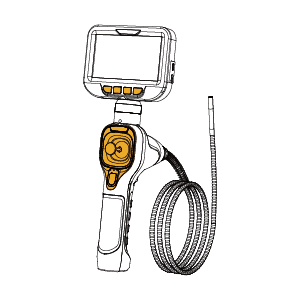
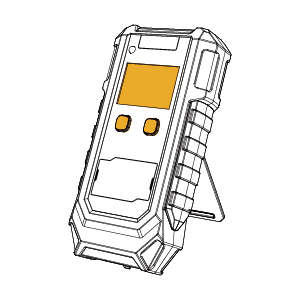
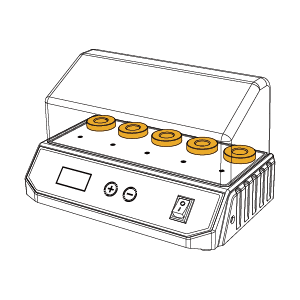
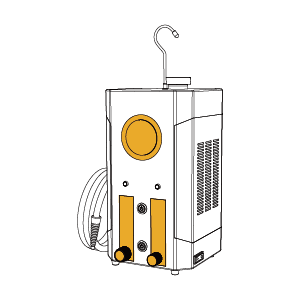
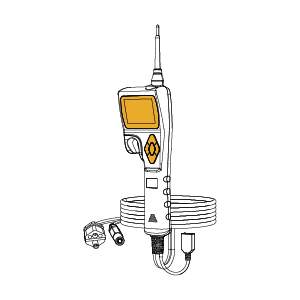
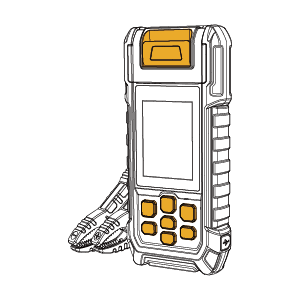

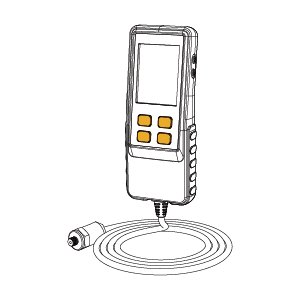

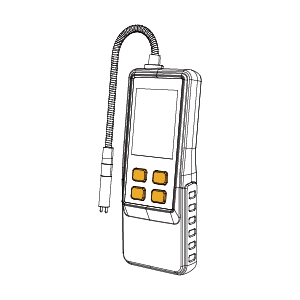
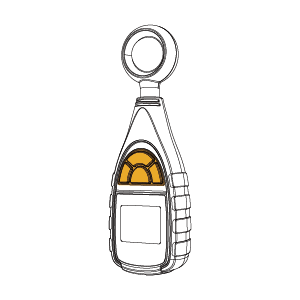
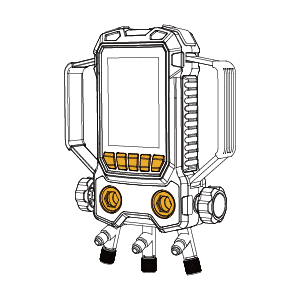
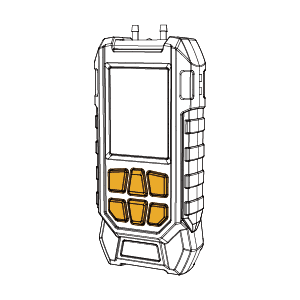
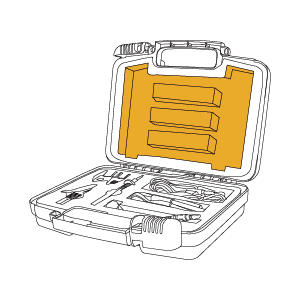
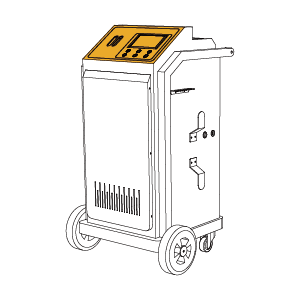

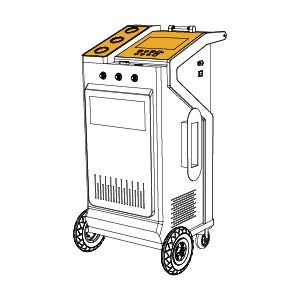

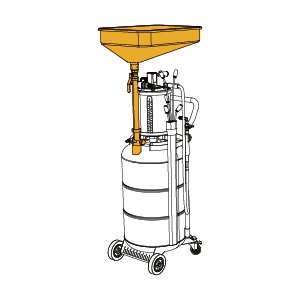

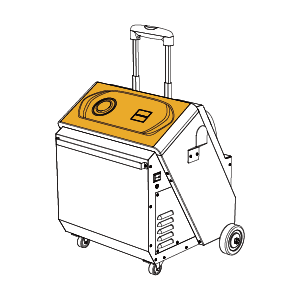

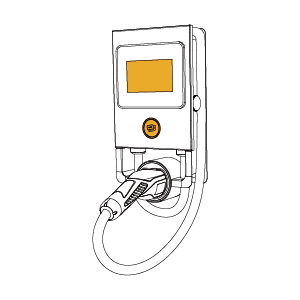
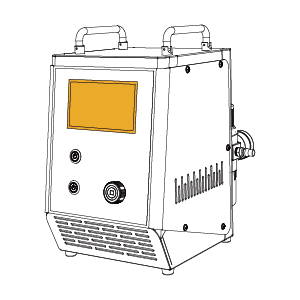
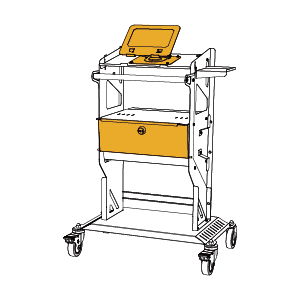
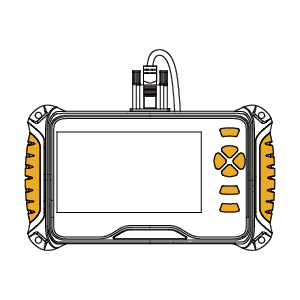
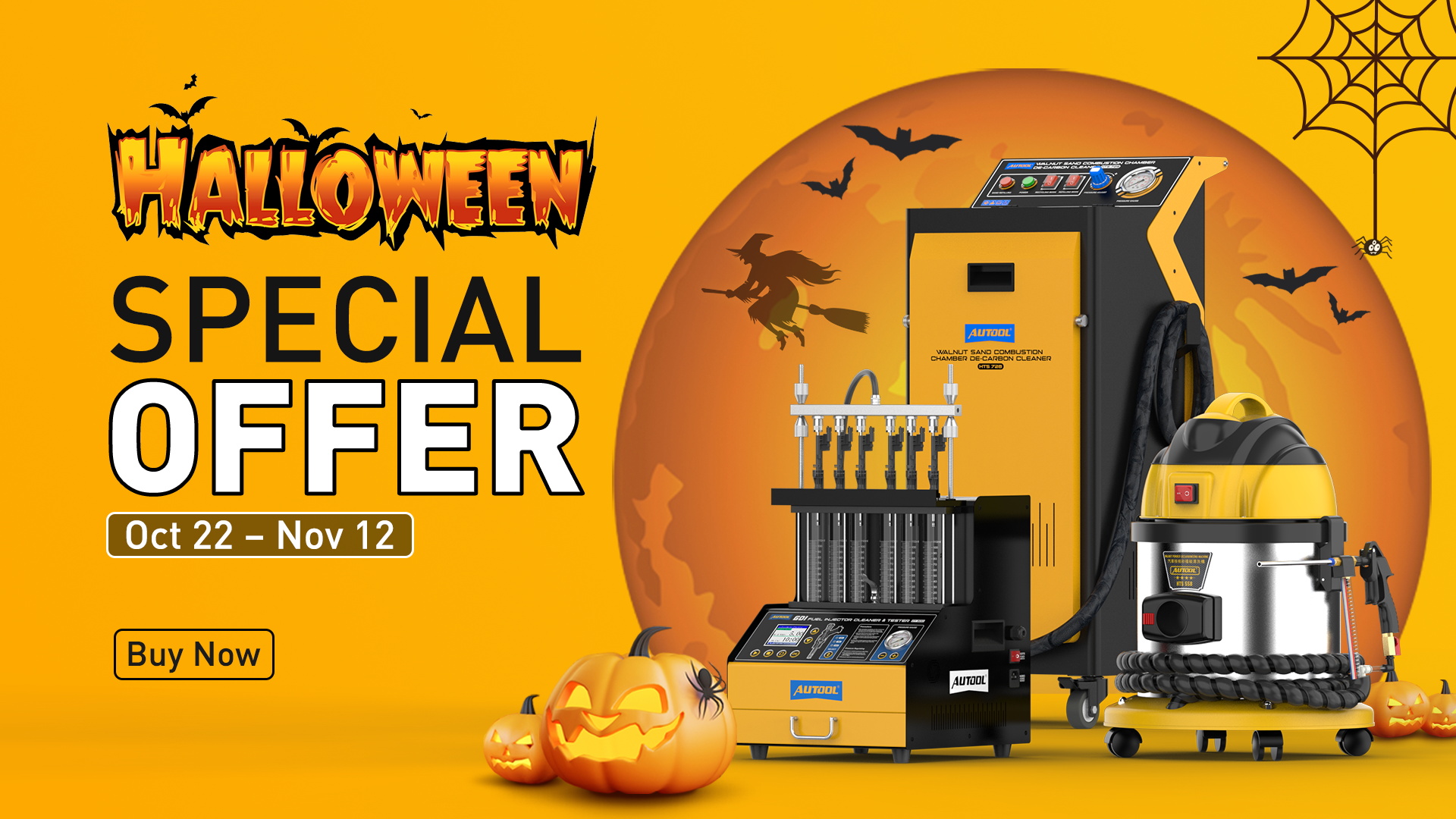
 AUTOOL Official Team
AUTOOL Official Team